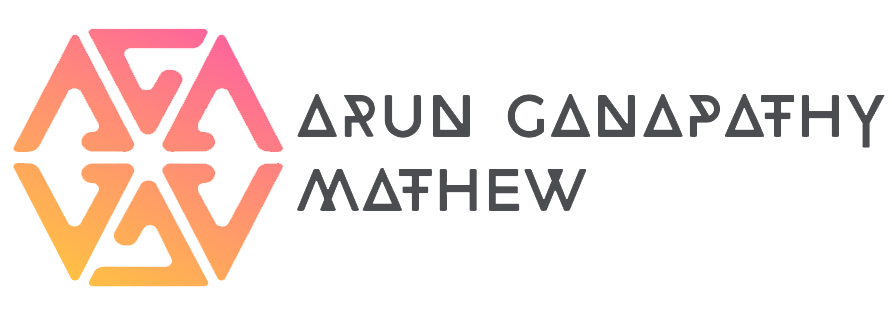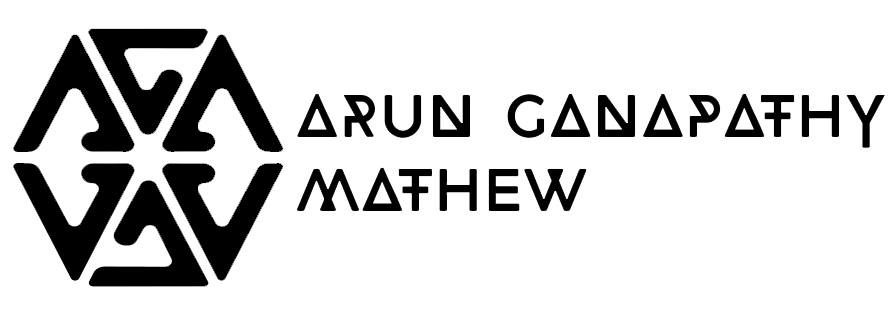Prototyping allows teams to bring abstract ideas to life, creating a clear and tangible representation of the product vision. Whether it;s a low-fidelity wireframe or a fully interactive prototype, this process helps stakeholders understand what the end product will look and feel like, reducing ambiguity and aligning everyone’s expectations early on. Here’s a closer look at why prototyping is essential and how it benefits the development process.
One of the most significant advantages of prototyping is the ability to identify potential problems before they become costly. By testing a prototype, teams can uncover usability issues, design flaws, and technical limitations, enabling them to make adjustments before.
Prototyping: The Secret to Product Success – Visualize Ideas, Test User Experience, Boost Collaboration, and Avoid Costly Mistakes From Concept to Reality: How Drives Product Success by Enhancing Design, Boosting Collaboration, and Saving Costs
User feedback is crucial for creating products that truly meet customer needs. Prototypes allow teams to conduct usability testing, gather insights, and iterate based on real-world interactions. This user-centered approach helps refine the product, ensuring it delivers value and an optimal.
Prototyping key to product excellence
Prototyping transforms ideas into tangible designs, enabling teams to test usability, refine features, and align with user needs identifying issues early, it saves time, reduces costs, and ensures a seamless path to creating successful, user-centered products.
- Saving Time and Reducing Costs with Early-Stage Prototyping
- Aligning Stakeholders with a Clear and Visual Product Vision
- Fueling Innovation by Experimenting with Bold Ideas and Designs
- Refining User Experience: Testing and Iterating for Maximum Usability
- Building Confidence in Your Product with Functional and Interactive Demos
It allows teams to visualize concepts, test usability, and refine features early in the process. By identifying issues before full-scale development, prototyping saves time, reduces costs, and ensures user-centered design. It fosters collaboration, boosts innovation, and builds stakeholder confidence, paving the way for exceptional, successful products.



